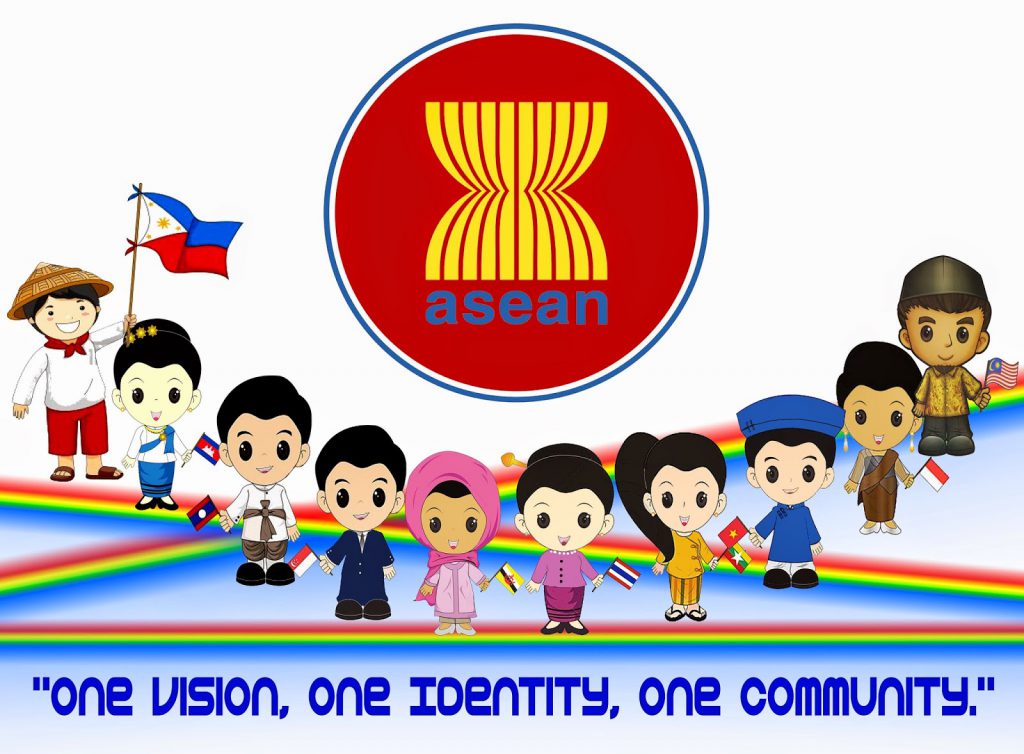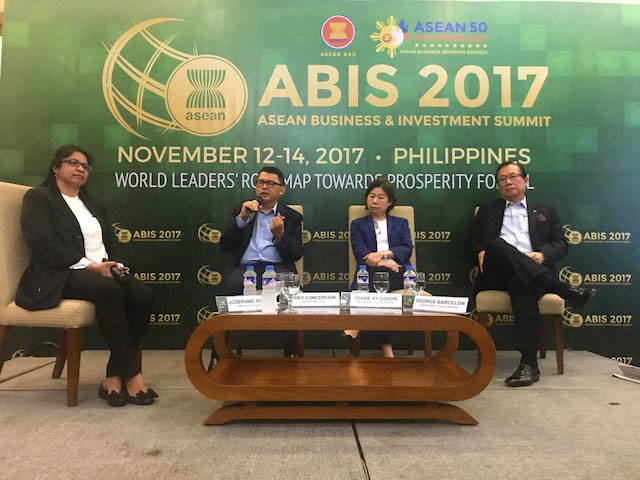Is the Philippines ready for 2015 ASEAN Integration?
An economic integration requires a sense of community and a strong regional identity. The Philippines may have a problem in those areas.
The Association of Southeast Asian Nations (ASEAN) is celebrating its 46th Anniversary today, August 8, 2013. The ASEAN was founded on August 8, 1967 with Malaysia, Indonesia, the Philippines, Singapore and Thailand as its founding members. Its membership now includes Burma (Myanmar), Brunei, Cambodia, Vietnam and Laos. Many believe that the ASEAN has managed to live up to its mandate of “ensuring peace, stability, and development in Southeast Asia.” Its member states have been working actively to keep this economic and geo-political organization relevant. This century, the Association of Southeast Asian Nations is trying to overcome new and more formidable challenges as it seeks to integrate the region by 2015.
The Philippines is a founding member of the ASEAN. Is the country ready for ASEAN integration?
Asean Economic Community
 The target year 2015 is almost just around the corner. Two years is not that long given the requirements set down in the Asean Economic Community blueprint the member nations agreed upon. But the ASEAN itself is confident that the measures required for integration of the economies of the ten member nations are on track. As a matter of fact, ASEAN Secretary General Le Luong Minh reported recently that as of March 2013, about 80% of the ASEAN Economic Community Blueprint measures have been implemented. In addition, the Asean Comprehensive Investment Agreement and Asean Agreement on Movement of Natural Persons are on track as well.
The target year 2015 is almost just around the corner. Two years is not that long given the requirements set down in the Asean Economic Community blueprint the member nations agreed upon. But the ASEAN itself is confident that the measures required for integration of the economies of the ten member nations are on track. As a matter of fact, ASEAN Secretary General Le Luong Minh reported recently that as of March 2013, about 80% of the ASEAN Economic Community Blueprint measures have been implemented. In addition, the Asean Comprehensive Investment Agreement and Asean Agreement on Movement of Natural Persons are on track as well.
Lofty goals
The Association hopes to establish an Asean Economic Community by the year 2015. These are the key elements to this regional integration in a nutshell. The AEC will have a single distribution base and market, which entails free trade between member nations. In the process of economic integration, the ASEAN will be recognized as a “highly competitive economic region with equitable economic development.” And lastly, the ASEAN is envisioned to be a region that is “fully integrated into the global economy.”
Loftier aspirations
The Philippines is one of the member nations that joined in the ACGS or ASEAN Corporate Governance Scorecard, one of the preparatory activities for the 2015 integration. In brief, the ACGS presents 179 questions used to rate the governance policies and practices of publicly-listed companies (PLCs). The ASEAN Capital Markets Forum initiated the ACGS.
The Philippines along with other member nations managed to complete the inaugural assessments last June. Nevertheless, the results were not that encouraging as the country has the “second lowest governance score” this year after Indonesia. The Philippines has committed to sharing the ACGS scores with the rest of the lot come 2015. According to the the Securities and Exchange Commission (SEC) more PLCs must participate. Evidently, the SEC has lofty ambitions. The objective of the SEC (and the ICD) is to place at least 20 publicly-listed companies from the country in the ASEAN Top 50 PLCs. The rankings will be based on the ACGS scores. The question is, are the country’s PLCs aware of the need to participate at all?
The ASEAN mindset
All these goals and visions of future integration seem quite promising and very relevant. The Philippines is bound to benefit for sure and so will its citizens. But what is this talk about Filipinos not having an “ASEAN mindset?” There’s an existing point of view that Filipinos are more westernized than the rest of our ASEAN neighbors. They have a point there. There is also a claim that we Filipinos identify more with cultures a hemisphere away than those in close proximity to our corner of the world. That’s not necessarily a baseless accusation. But what do these have to do with economic integration? After all, that’s what the 2015 AEC is primarily about.
Hundreds of millions unaware
An economic integration requires a sense of community and a strong regional identity. The Philippines may have a problem in those areas. Actually, the whole region may need to remedy a number of “community” related issues. Community, identity, and awareness are at the very top. The fact is, most of the “600 million people are unaware of the changes that will take place.” There are so many meetings going on and so many acronyms involved in this upcoming integration that most citizens of the member states do not know about. It’s only two years from now. But, if a person walking on the streets of Singapore or Bangkok is asked about the AEC, will he or she know what the letters stand for?
Come to think of it, here in the Philippines, was there even one candidate who mentioned AEC 2015 in the mid-term election campaign?
List of grievances
Now that we’re tackling the issue of community, an important part of the AEC acronym, we have endeavored to prepare a list of factors that need to be considered and re-considered equally with the economic” preparations. Here’s a list that’s intended to induce a sobering reality check to our ASEAN leaders and prime movers:
- Varying levels of economic growth of member nations
- Varying impact of measures and initiatives on member economies
- Urgent and enduring issues in local economies
- Political unrest (a huge deal in certain member nations)
- Territorial disputes
- Unresolved cultural differences
- Westernization
- Lack of ASEAN identity
The areas of cooperation are clearly defined. However, the governments of Brunei Darussalam, Cambodia, Indonesia, Lao PDR, Malaysia, Myanmar, the Philippines, Singapore, Thailand, and Vietnam might want to let their citizens know what’s cooking. In the process, they might want to sort out urgent local problems and the already tiresome territorial disputes.
More time, please
Philippine Stock Exchange president Hans Sicat lamented on what integration would require of the PSE. The executives of the country’s financial industry are not saying no per se. But they’re asking for more time. It is not only the stock and bond markets that are unprepared but the banking community is apparently not keen on regional integration two years from now. Local lenders might want to read on the AEC because the legislative changes that will be made would gravely affect their business prospects.
Envisioning the ASEAN as an economic powerhouse is a noble, ambitious and totally valid aspiration to have. The ASEAN is no weakling after all. It has proven itself capable of fulfilling many of the aims on which it was founded. A successful launching of an AEC would be the Association’s pinnacle of achievement. But at this point in time, the assessment is that the blueprint may be too ambitious. See for yourself – it’s downloadable.
Photos from Asean Secretariat Facebook. aectourismthai.com. Some rights reserved.


